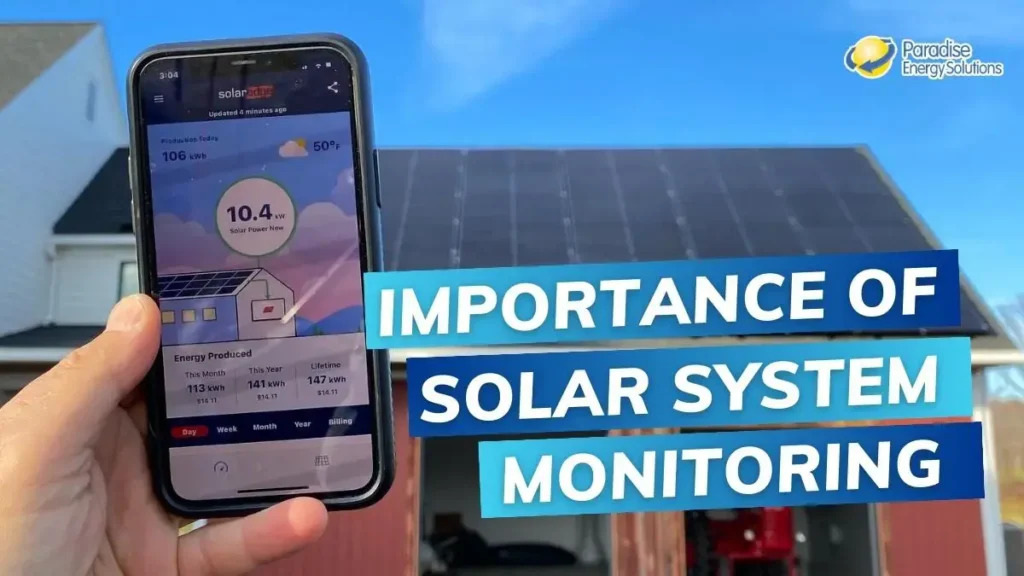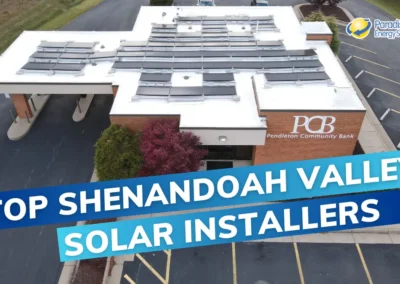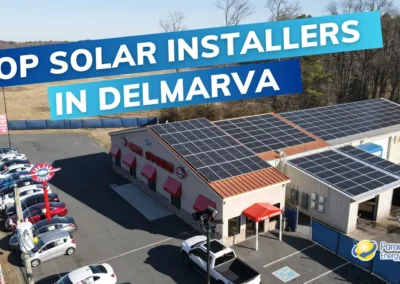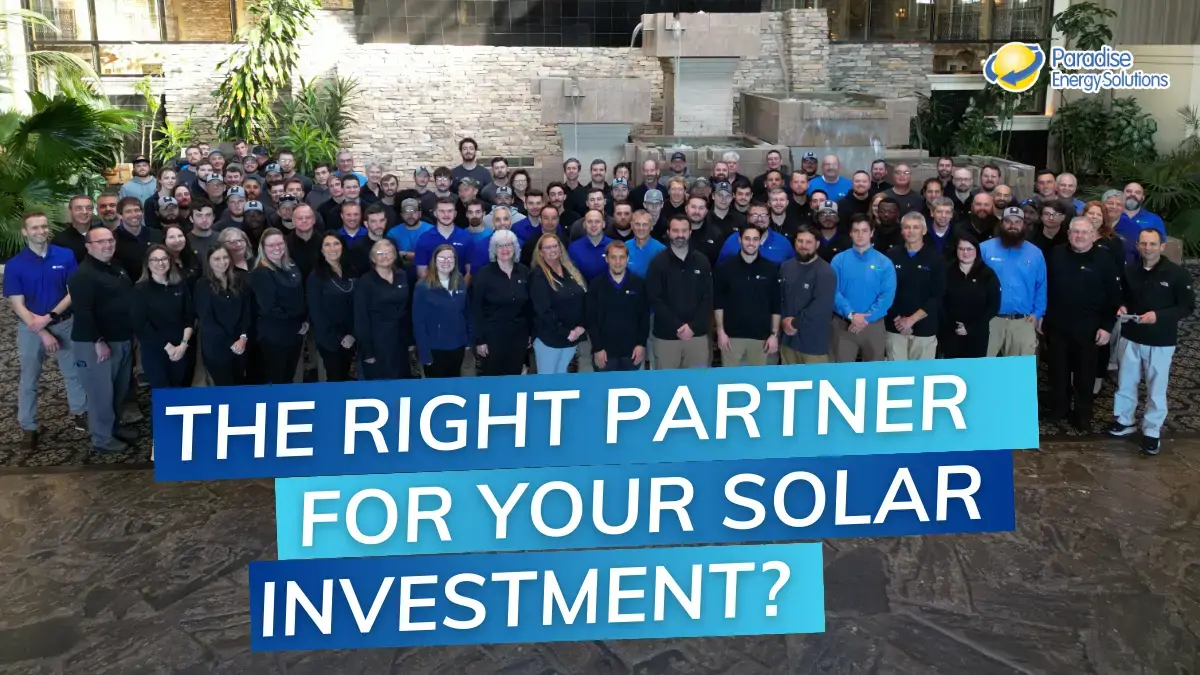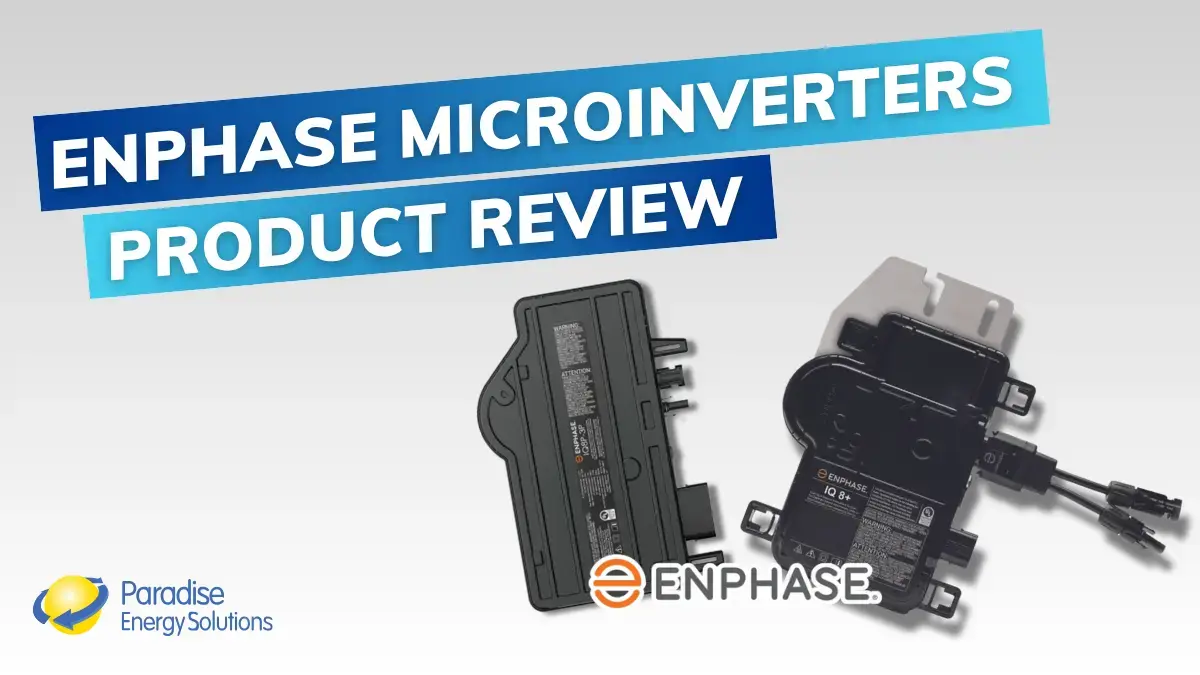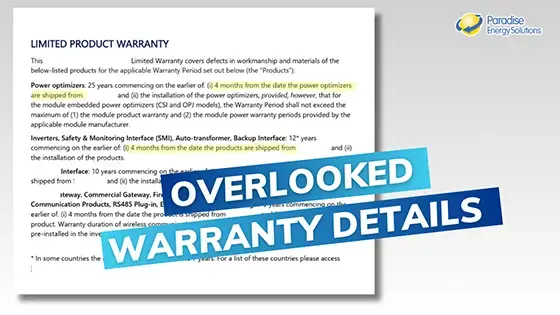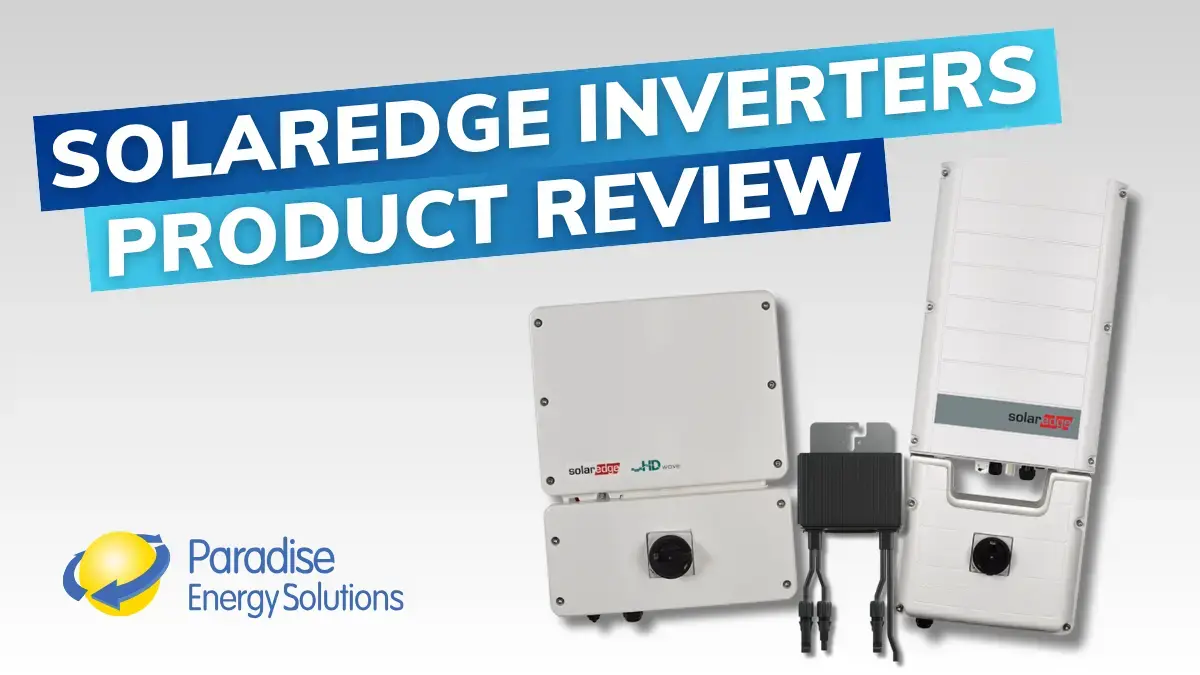Solar system owners can access their system’s performance virtually anytime, giving them great insight to ensure their system functions properly. These capabilities allow you and your installer to discover any potential system malfunctions before a higher-than-expected electric bill arrives in your mailbox. That’s why system monitoring is a great benefit for solar owners.
Your solar array is an engine for savings, until a silent fault drags production down. Solar system monitoring keeps you ahead of every hiccup, alerting you long before the power-bill spike. This guide shows you the solar monitoring software, the numbers, and the services that keep your panels earning day after day.
What Is Solar System Monitoring?
Think of monitoring as the fitness tracker for your PV array. Sensors and data loggers stream real-time numbers including voltage, current, temperature, and irradiance into a cloud dashboard. The best platforms drill down to each module, flagging issues like:
- String or panel drop-outs
- Inverter error codes
- Rapid shutdown events (NEC 2023 compliant)
- Communication lags and Wi-Fi failures
Pro tip: Install monitoring at commissioning, not after a fault. Retrofits cost more and miss early-life warranty claims.
The Benefits of Monitoring Your Solar System
Solar energy systems are low-maintenance, reliable energy sources. But just like anything, components of a solar system can occasionally malfunction. Solar monitoring helps us find and fix potential malfunctions before they have a big impact on your solar production and electric bill.
Solar system monitoring allows you to quickly view your system’s energy production and overall health.
Solar monitoring software will give you access to real-time production information and also show you historical system data. Historical data allows you to track performance over time to ensure your financial ROI is on track.
Production data can be viewed by day, week, month, or year.
The most important benefit of solar system monitoring is the peace of mind it will give you. Your system can be checked on at any time. You don’t need to worry about issues going unnoticed or receiving a higher-than-expected electric bill. This software allows for panel-level or inverter-level monitoring so the installer can quickly diagnose and resolve any issues.
Check out this video to see how solar system monitoring works. In this video, we use the Enlighten software from Enphase, but other software options will look and function similarly to this.
Essential Requirements for Effective Solar Monitoring
Having a reliable internet source for your solar system is a must if you want monitoring capabilities. An unreliable internet connection will limit the data you’re able to capture. There is no way to monitor your system remotely if the system is not connected to the internet.
We suggest using a cable, DSL, or fixed wireless internet connection with adequate bandwidth support. Jet packs and Mifi are not acceptable sources of internet for solar monitoring.
Top Solar Monitoring Software Options
The best solar monitoring software turns raw data into plain-English answers that is simple to track and understand. Here are some of the top features to look for in your software:
- Live production & consumption charts (15-sec refresh or better)
- Push alerts via SMS/app/Slack
- Weather and utility rate overlays
- API access for batteries, EV chargers, and EnergyStar appliances
At Paradise Energy, we use four main solar monitoring software packages – Enphase MyEnlighten, SolarEdge, SMA Sunny Portal, and Locus Energy. The software that is selected will be based on the brand of solar inverters that are installed with your system.
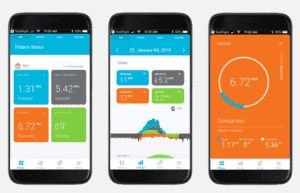
Photo Credit: www.enphase.com
Enphase MyEnlighten is accessible from a web browser and a mobile app. You will be able to track your overall energy production and monitor your solar system’s overall health. If the proper additional hardware is installed, this software can also show you how much energy you are using compared to the amount of solar energy produced.
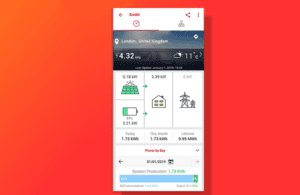
Photo Credit: www.solaredge.com
The SolarEdge Monitoring Platform provides a per panel and per inverter performance overview, as well as a whole system overview. Their software is available for viewing in a web browser and their mobile app. This software can also measure how much energy you are using if the proper additional hardware is installed.
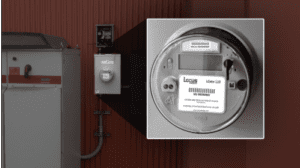
Photo Credit: www.locusenergy.com
Locus Energy uses a revenue-grade energy meter to monitor solar system performance. If the proper additional hardware is installed, this meter can monitor both solar energy production and your total energy consumption.

Photo Credit: www.sma-america.com
SMA Sunny Portal gives solar owners access to key information at any time with easy to use reporting options. The portal can be accessed on a PC or a mobile app.
Key Differences between Commercial vs Residential Solar Monitoring Dashboards
Not all solar monitoring dashboards are equal. The right tool aligns with your needs, whether you’re running a family home or managing commercial properties:
Residential Dashboards
Homeowners prioritize ease-of-use and visibility into household energy use:
- Real-time Home Energy Usage: Clearly shows consumption vs. solar production.
- Battery Charge Management: For homeowners with battery storage.
- Mobile Apps: Intuitive mobile interfaces like Enphase Enlighten or Sense Solar, perfect for daily checks.
Commercial Dashboards
Commercial customers require more detailed data:
- Multi-Site Management: View multiple sites in one interface.
- Power Factor & Demand Charge Management: Crucial for lowering monthly utility bills.
- Custom Reporting: ESG metrics, SREC compliance, and utility reporting.
Ready for Better Solar Monitoring?
You can still have us monitor your solar system even if it’s out of warranty or if your solar system wasn’t installed by us. We will set up alerts to ensure any issues are caught early. You will be made aware of the alert, and we will begin diagnostic work with your approval. Once diagnosed, we will provide a quote and wait for your approval to complete the required work.
Stop guessing about your solar performance. Paradise Energy’s take the uncertainty out of owning solar, saving you money and ensuring your system performs at peak capacity. If you’re interested in our solar maintenance services, visit our Solar System Maintenance page to meet our technicians and request a quote today.
